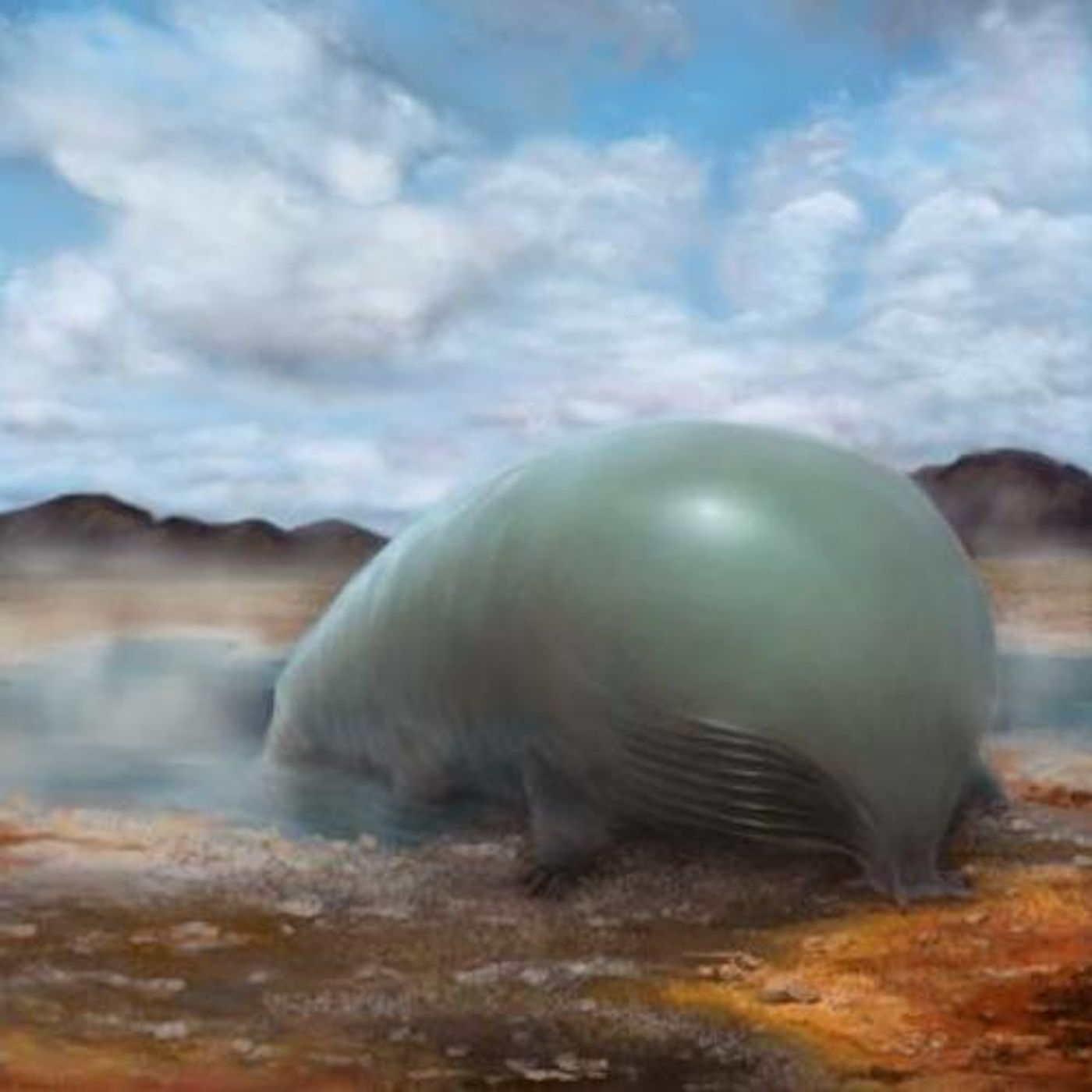What is Molecular Engineering?
An emerging field of study, molecular engineering has a wide variety of potential applications. Because it is so new, exactly where this avenue of research will lead is still unknown. There are many possibilities, however, from biomedicine to computing.
A recent publication in this field was a report in Nature about the construction of a synthetic yeast genome. Well on its way to completion, this unique genome carries a special sequence after every gene that is not essential. Those sequences allow for extensive rearrangements to be made in the yeast genome on demand. With this system, genes randomly get relocated, deleted, duplicated, or inverted; it is called Synthetic Chromosome Rearrangement and Modification by LoxP-mediated Evolution (SCRaMbLE).
SCRaMBLE has big potential for industrial applications. Yeast can be genetically engineered so they will manufacture important things. SCRaMBLE could be used to create large amounts of genetically mutated yeast that could then be isolated and screened. It has already been shown that this system can make yeast that can tolerate stresses in their environment, like heat or acidity.
Seven publications from a variety of institutions have recently been reported detailing all the tweaks and alterations that were made to SCRaMBLE to perfect it for use. There were hurdles, like high death rates in the modified yeast, and a lack of fine control. Those technical problems have now been addressed.
Another group of molecular engineering researchers has reported a different kind of creation, which is a synthetic mimic of a biological capsule that ferries stuff from one place in the body to another. They can be directed to release their contents at a specific time and could be used in therapeutics, or in other fields entirely.
"One could imagine making these to custom-deliver medicine to specific parts of the body, or to release fertilizer or cleanup chemicals in the soil, for example," suggested Juan de Pablo, the Liew Family Professor at the University of Chicago's Institute for Molecular Engineering who helped develop the capsule.
It is made of a biocompatible material that has a water-soluble outer layer and a glassy inner layer. When light is shined on it, molecules linking the layers get loose, and the contents can slip out of the packet. Turning the light off rejoins the layers.
The field of molecular engineering has an intriguing future that could be significant outside of biology as well.
An NSF grant that funded The Molecular Engineering Materials Center at the University of Washington will aim to improve materials research. It will hopefully advance clean energy, like solar-concentration window films, and quantum computing (in which quantum mechanics are utilized for non-binary, and potentially, extremely powerful computational operations).
Sources: Nature News and Views, Institute for Molecular Engineering, University of Chicago, University of Washington, AAAS/Eurekalert! via Tianjin University









